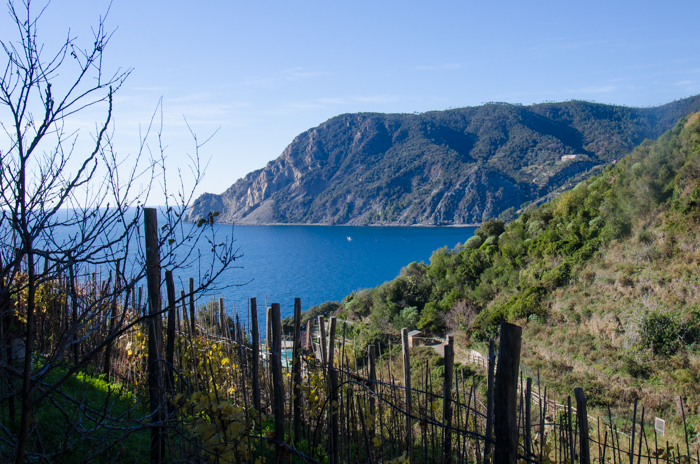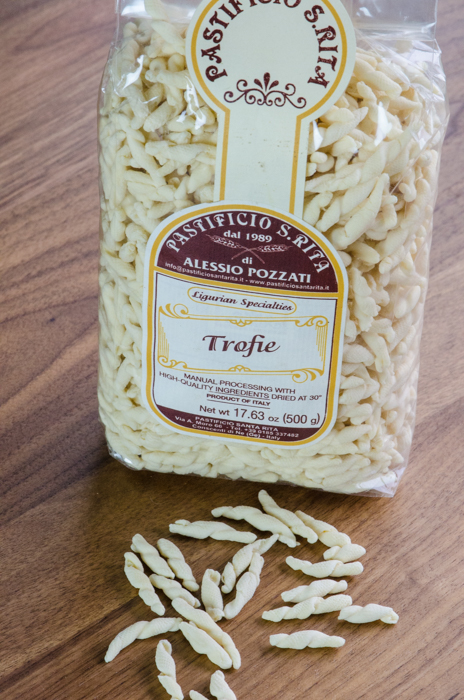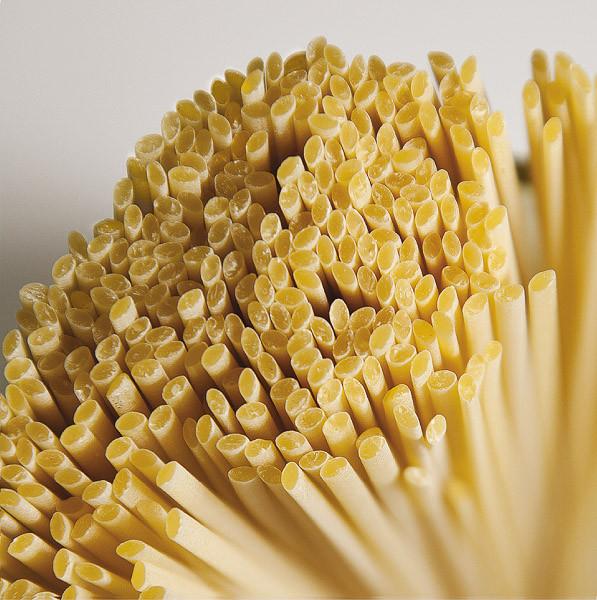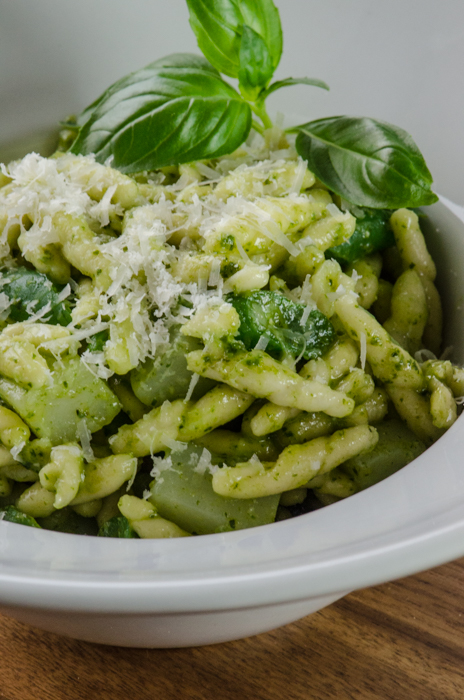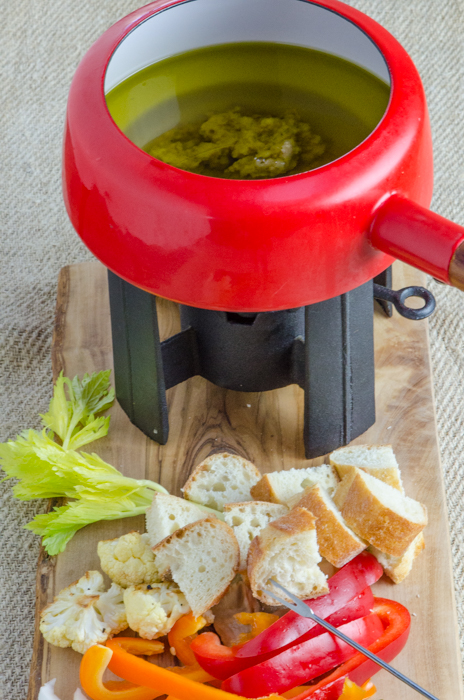
One of the signature dishes of native Piedmontese cuisine is Bagna Cauda. The origins of this classic dish date back all the way to the 16th century, and we will still see it as a staple on the menu during our Italiaoutdoors Barolo Walk and Wine tours.
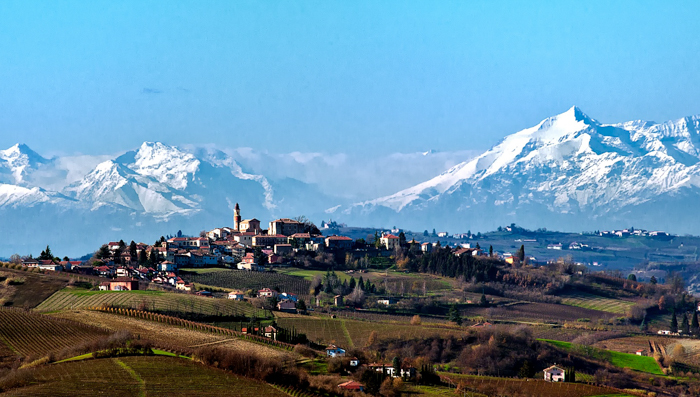
This dish is today commonly served as an appetizer. Bagna Cauda translates to “hot bath”; It is a hot dipping sauce that is served with a selection of vegetables and chunks of crusty bread that are dipped into the sauce before eating, similar to a fondue. Like fondue, it is kept hot on the serving table using a candle or burner.
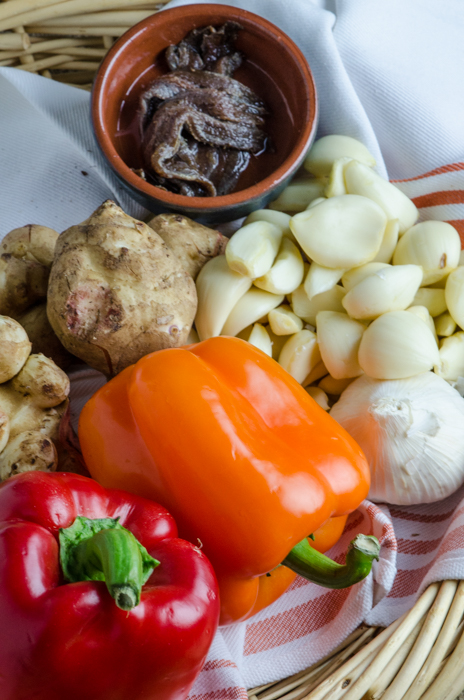
It has just a few simple, but strong flavored ingredients: olive oil (typically Ligurian olive oil in Piedmont), lots of garlic, and anchovies. As one of my native cookbooks describes it: “A strong flavored dish for strong people.”
Anchovies are interestingly enough a staple of Piedmont cuisine, not a seafood consuming region. But they are, when preserved, a strong flavored ingredient that keeps for a long time. In Italy, you would use whole anchovies that are preserved in salt, removing the bones and rinsing before using. Here in the US these are difficult to find, but high quality canned anchovy fillets are a good substitute. Look for flat packed fillets in olive oil.
I have seen several versions where the raw garlic is placed in olive oil and heated to infuse the oil, then the anchovies added, making quick work of the sauce. But recipes I’ve found from authentic Piedmontese sources call for the garlic to be poached in milk for a long time, then mashed and combined with the olive oil and anchovies. This mellows the flavor of the garlic. If I were to adapt the following recipe to eliminate the milk, I’d use a LOT less garlic.
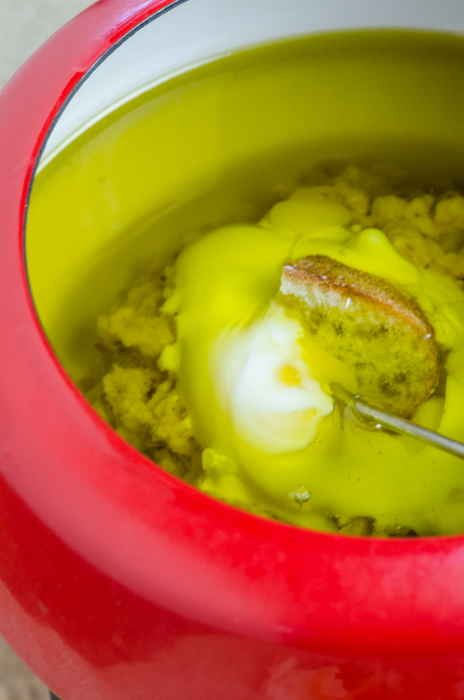
A couple of interesting variations: in Alba, you might find the Bagna Cauda flavored with truffle. Another cookbook author recommended poaching an egg in the Bagna Cauda.
Early cookbooks recommend serving Bagna Cauda with “rivers of red wine.” In Piedmont, a Barbera would be a good choice, the favorite every day table wine of this region.
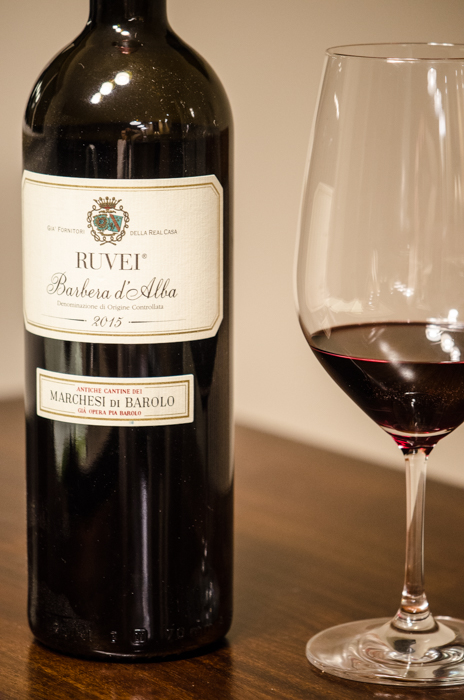
Bagna Cauda
4 cups whole milk
4 heads garlic, separated and peeled
3 cups extra virgin olive oil
12 anchovies, rinsed and chopped
Kosher salt and freshly ground pepper
8 ounces Jerusalem artichokes
Juice of 1 lemon
1/2 cauliflower
Extra virgin olive oil
8 ounces asparagus, tough woody end removed
1 red pepper, sliced into thin strips
1 orange pepper, sliced into thin strips
1 fennel bulb, trimmed of tough outer layer and stalks, cut lengthwise in half, cored and thinly sliced
2 celery stalks, peeled and cut into 3” lengths
In Piedmont, this is iften served with cooked cardoons. But you will be hard pressed to find them in the US.
Crusty bread, cut into 2 inch chunks
In a small pot, bring the milk to a boil. Lower the heat, add the garlic and simmer for an hour. Remove the garlic and smash into a rough paste with a fork. Combine the olive oil, smashed garlic and anchovies in a saucepan over low heat and whisk until the anchovies dissolve and the liquid is creamy. Cover and keep warm while you prepare the vegetables.
Preheat the oven to 400°F.
Peel and trim the Jerusalem artichokes, and cut into 2-inch chunks. Keep the chokes in a plastic contained covered with water into which you’ve squeezed the juice of one lemon to prevent discoloration.
Break the cauliflower into uniform pieces about 2 inches in size. Place the cauliflower and the Jerusalem artichokes in a large bowl and toss with a glug of olive oil to coat. Season with salt and pepper. Spread on a sheet pan and roast until tender and beginning to brown, about 15 to 20 minutes.
Place the trimmed asparagus in the same bowl, toss with another glug of olive oil to coat, and season with salt and pepper. Spread on a second sheet pan and roast until tender, about 10 minutes.
Arrange the roasted vegetables on a large platter with the sliced peppers, fennel and celery. Place the bagna cauda sauce in a bowl or fondue pot (rewarming if necessary), and serve with the vegetables and crusty bread.
In Piedmont, this is often served with cooked cardoons. But you will be hard pressed to find them in the US. This link to last week’s article on cardoons will tell you how to prepare them if you happen to find them.
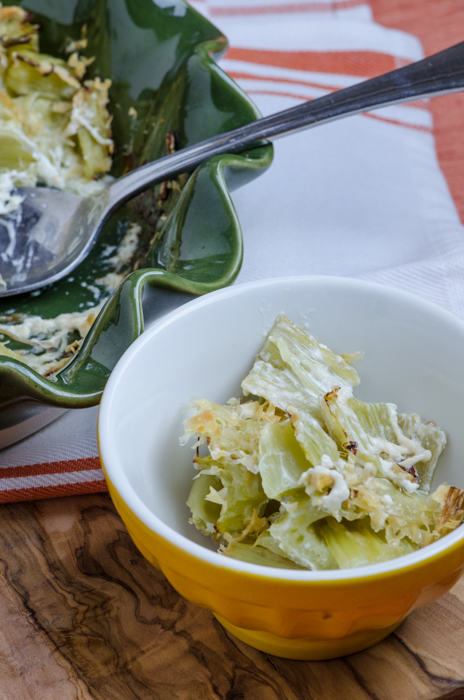 During our autumn
During our autumn 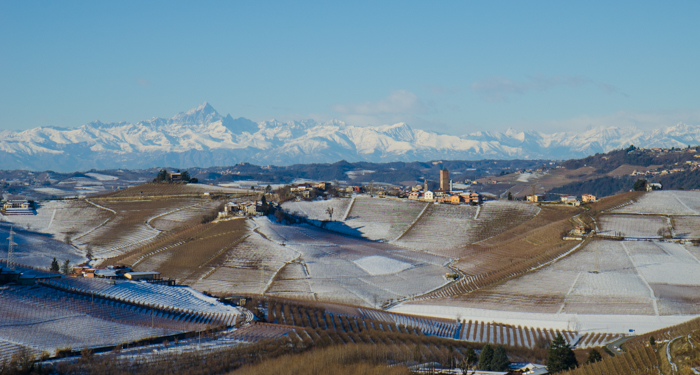
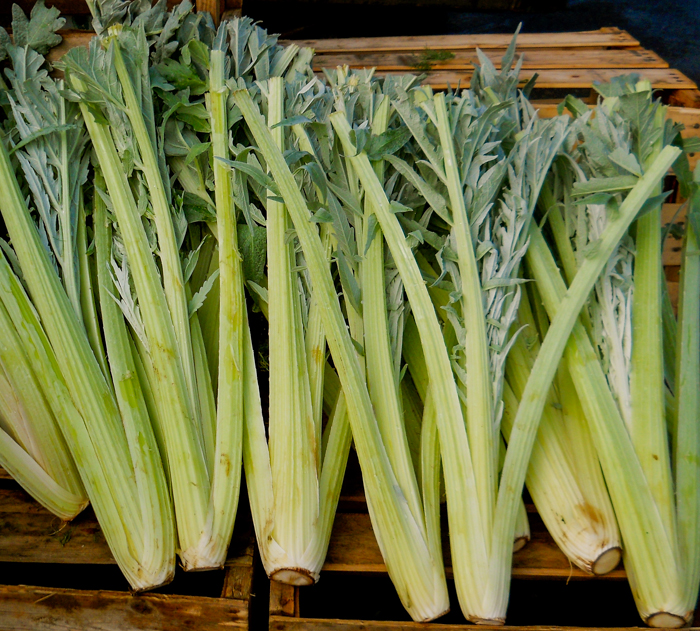
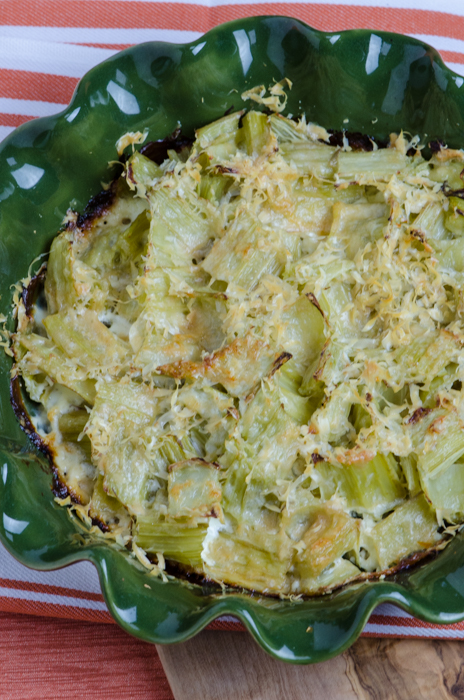
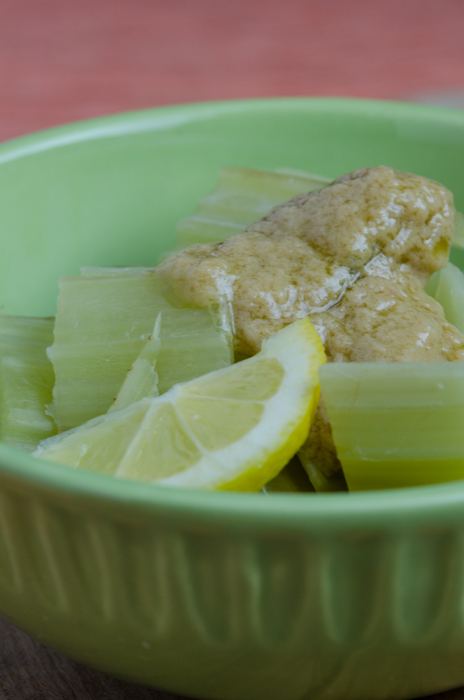
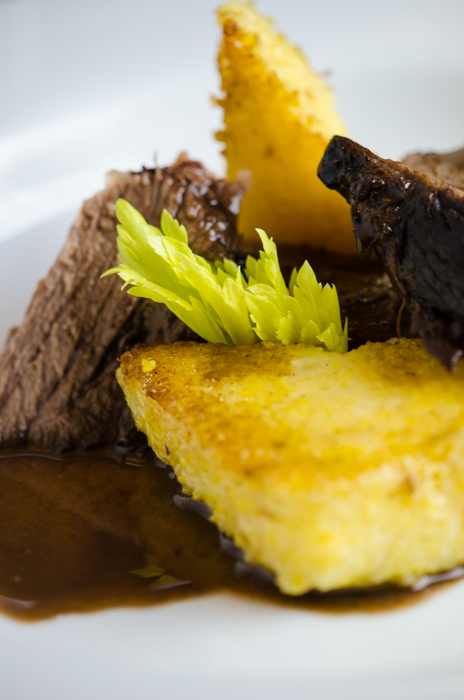 Here’s a dish we see no matter where in Italy our
Here’s a dish we see no matter where in Italy our 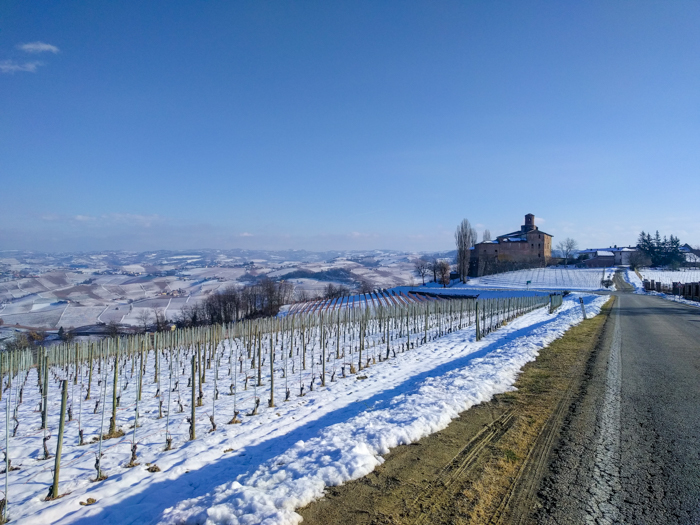
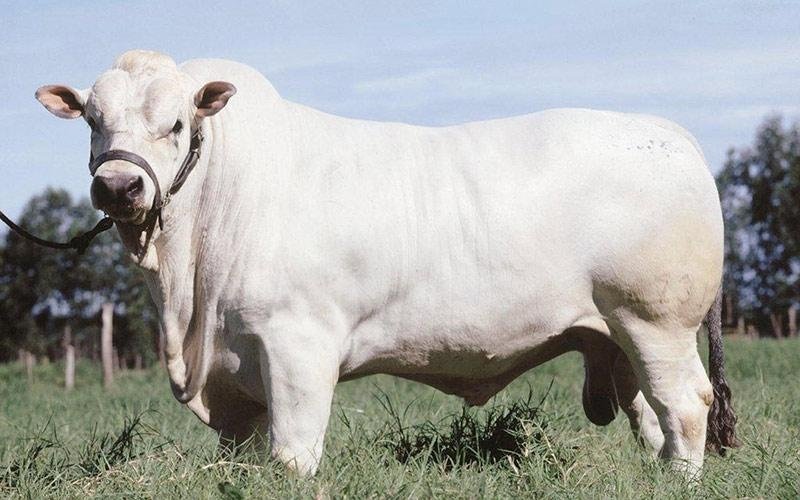
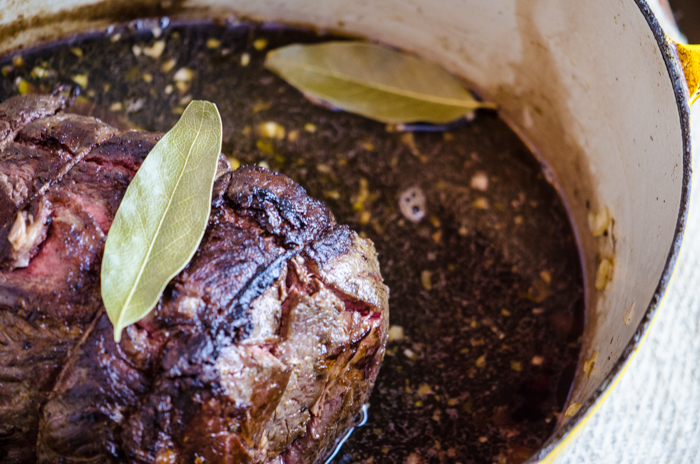
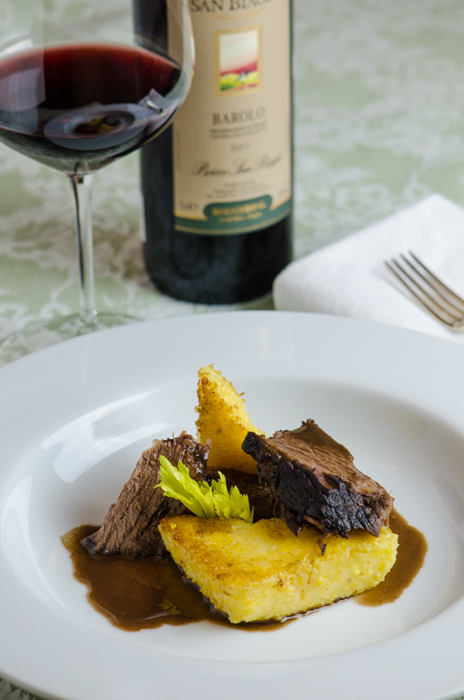 A perfect way to end a day on our
A perfect way to end a day on our 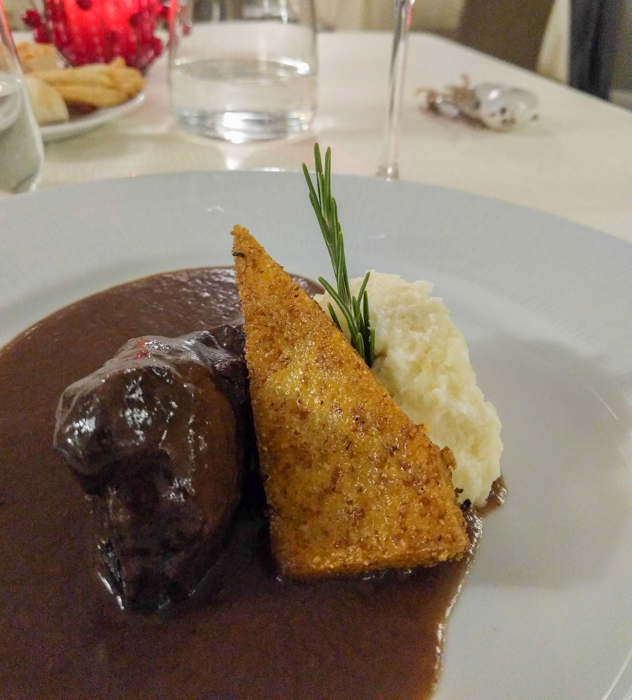
 Guests on our
Guests on our 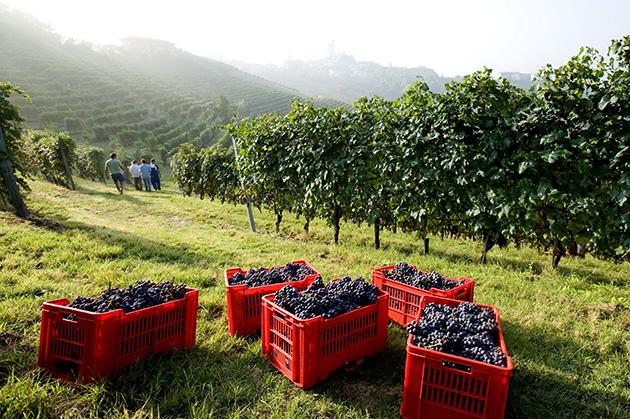
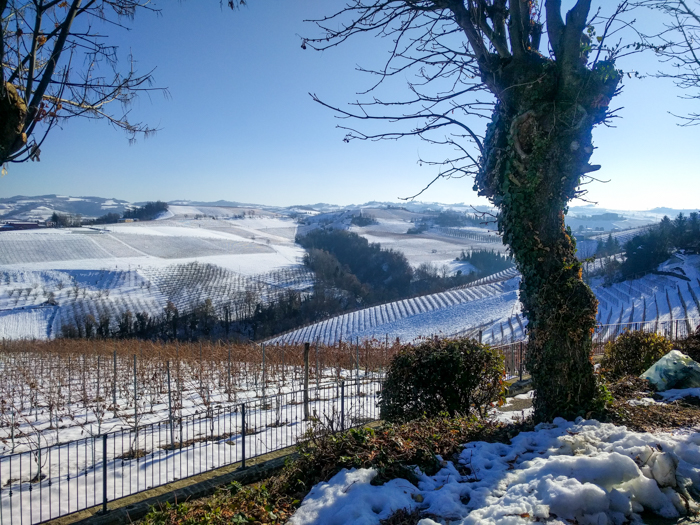

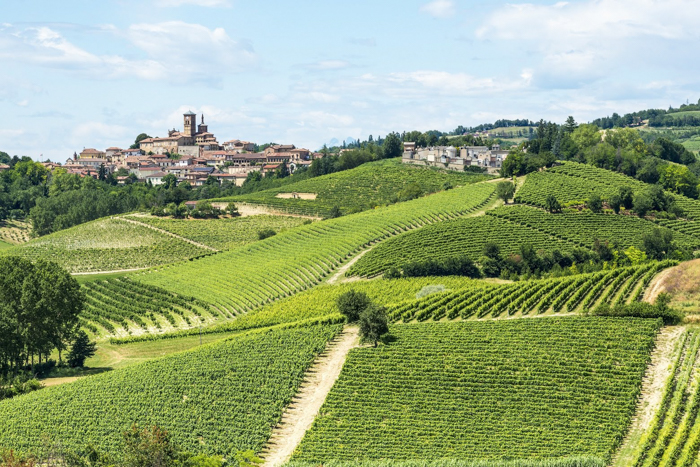
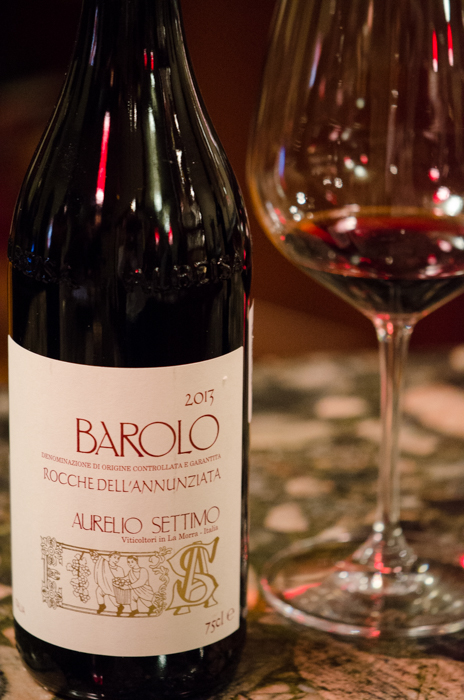
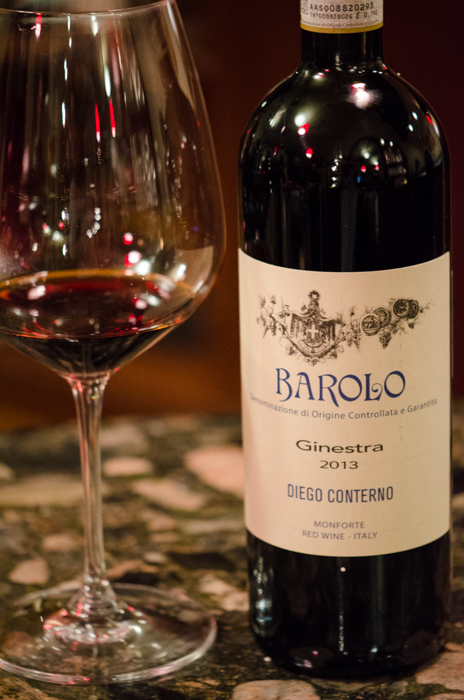
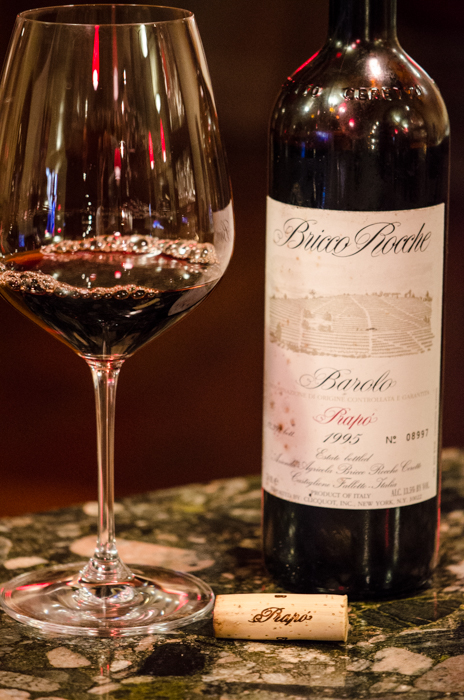
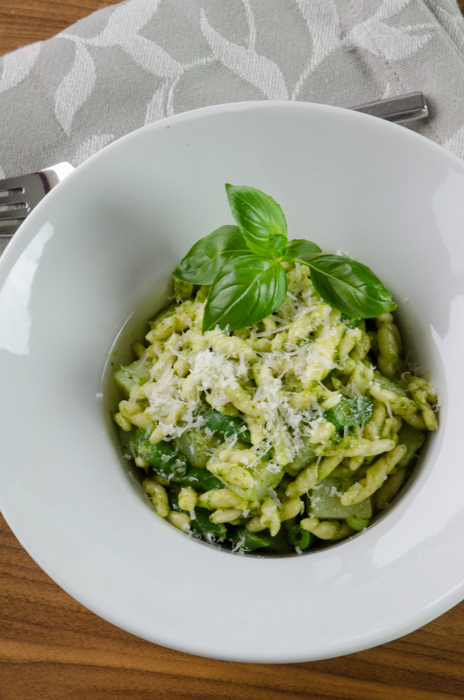 Italy is home to many spectacular destinations, but Liguria and Cinque Terre certainly rank towards the top. We spend a week exploring this amazing region on our
Italy is home to many spectacular destinations, but Liguria and Cinque Terre certainly rank towards the top. We spend a week exploring this amazing region on our 